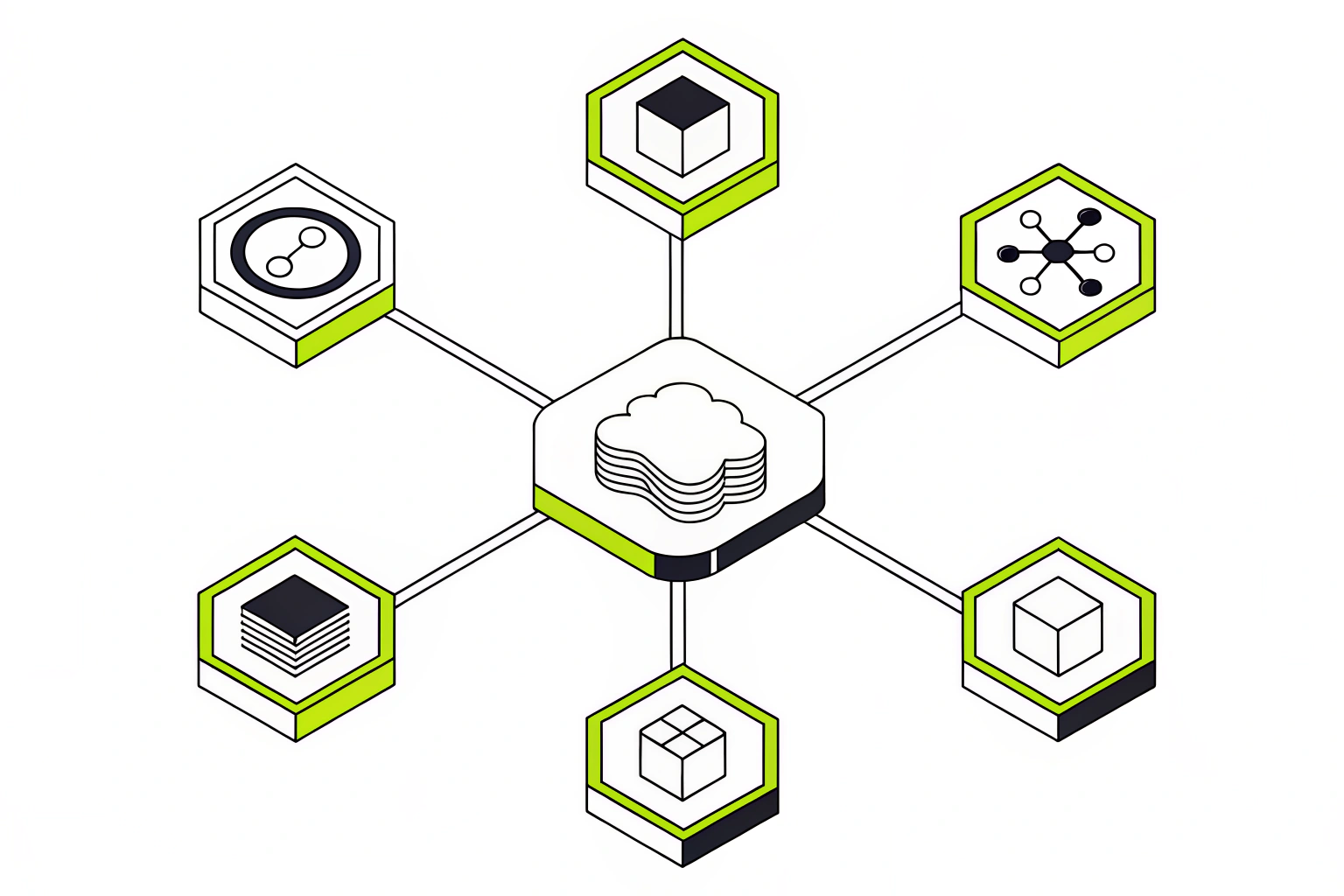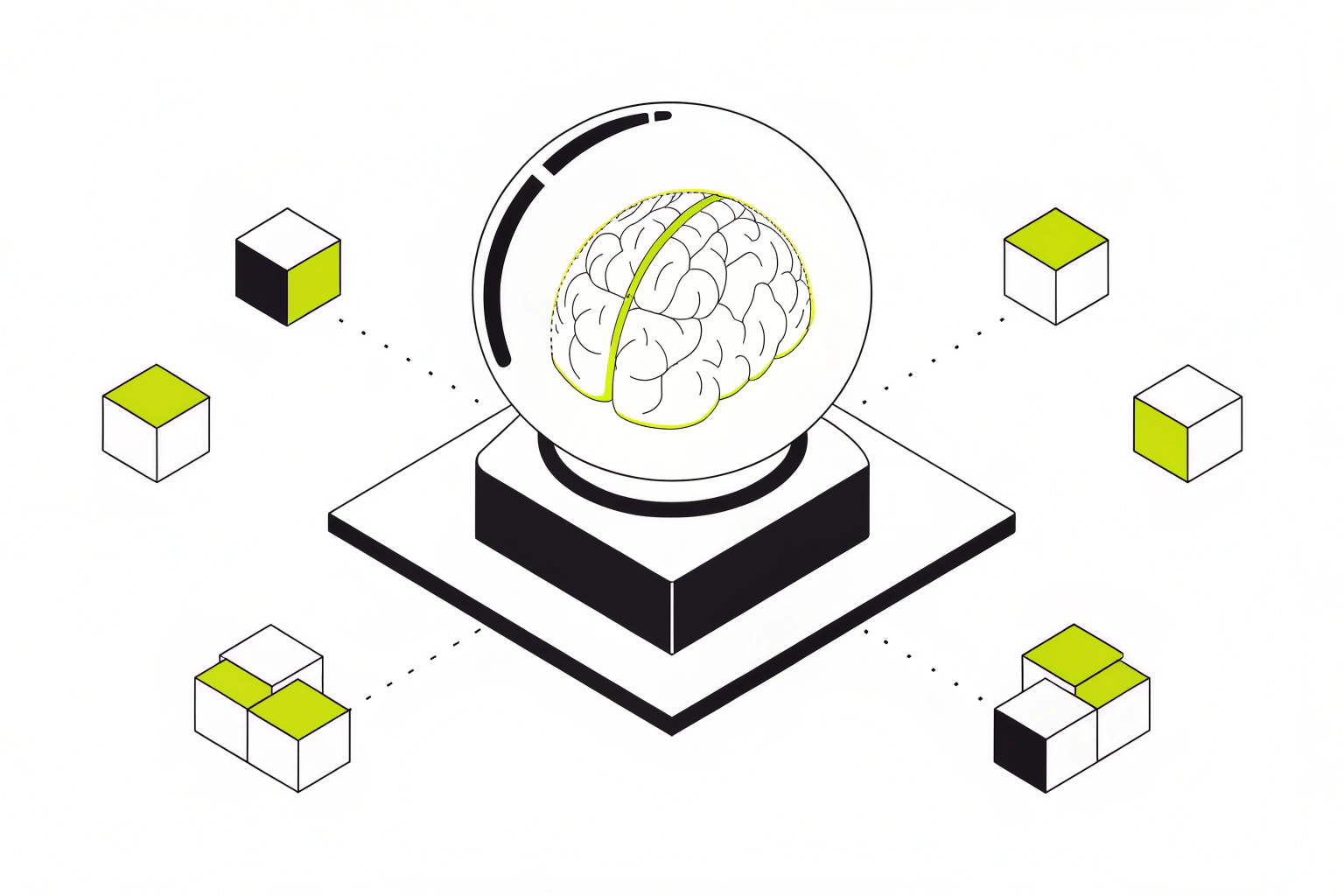Cake for Clustering
Segment customers, behaviors, or assets using unsupervised learning workflows built on Cake’s modular, cloud-agnostic platform. Reduce costs and complexity while staying on the cutting edge of open-source AI.
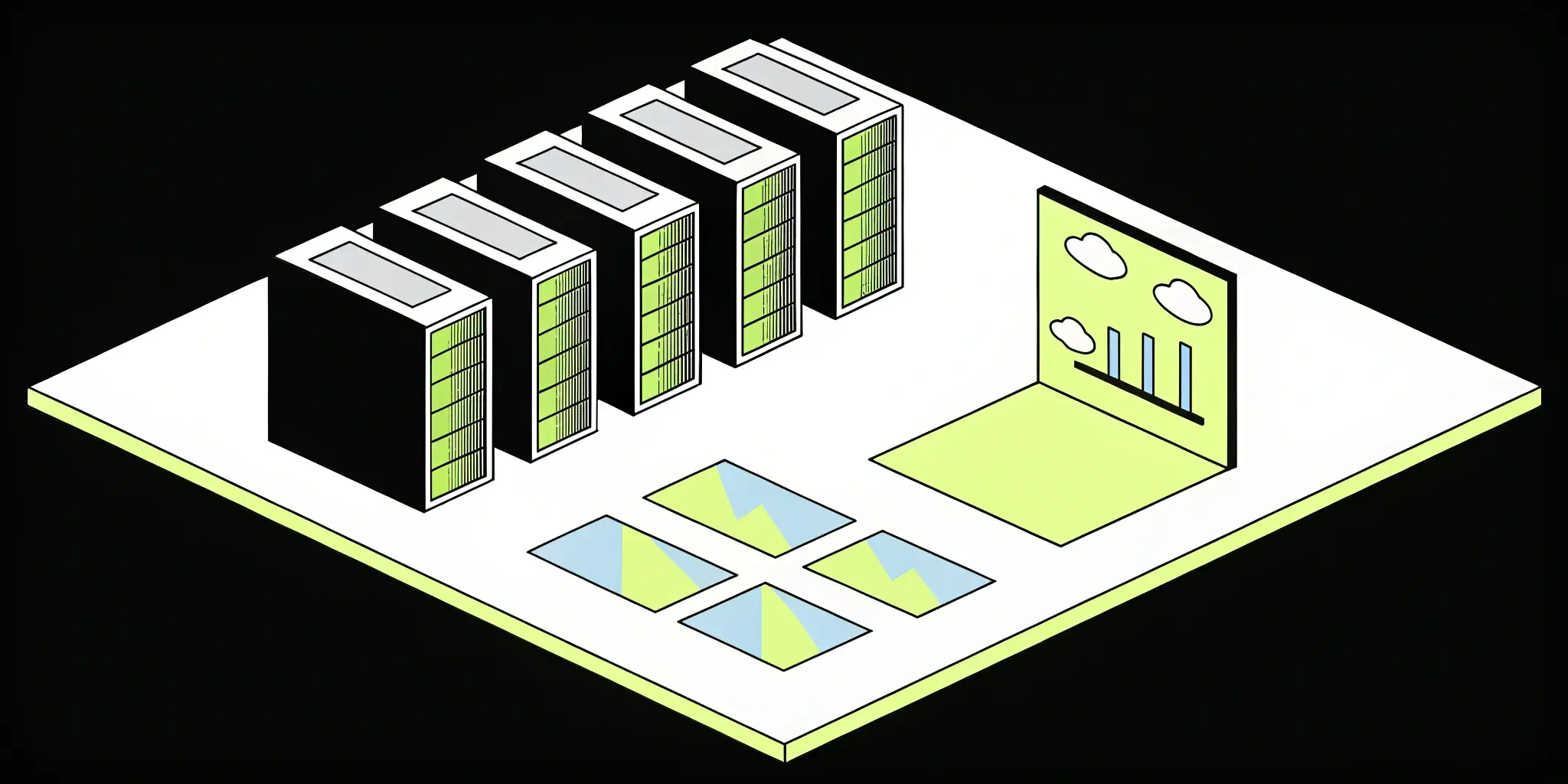




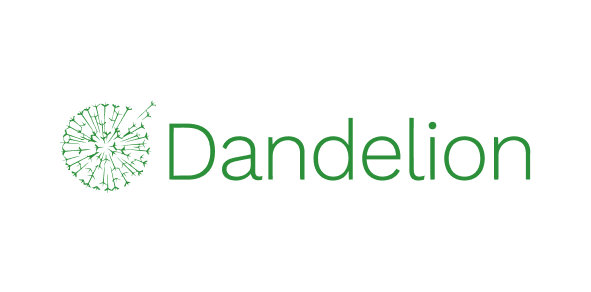
Overview
Clustering helps teams find structure in unlabeled data, whether it’s grouping users by behavior, detecting device types, or organizing product catalogs. But going from analysis to production requires more than just running k-means in a notebook. You need repeatable pipelines, robust data integration, and observability that scales.
Cake delivers a complete clustering stack built on open source. Use frameworks like Scikit-learn, PyTorch, or TensorFlow, orchestrate workflows with Kubeflow Pipelines, and track results with MLflow and Prometheus. You can easily plug in the latest innovations from the open-source ecosystem without waiting for managed platforms to catch up.
Because Cake is cloud agnostic and composable, you can deploy where you want, cut infrastructure costs, and iterate faster without lock-in. Teams often save hundreds of thousands annually by avoiding bundled MLOps platforms and taking full control of their AI infrastructure.
Key benefits
-
Accelerate unsupervised modeling: Move from exploration to production using modular, integrated workflows.
-
Stay on the cutting edge: Use the latest clustering frameworks and open-source innovations as soon as they’re released.
-
Deploy anywhere and cut costs: Run pipelines across cloud or on-prem while avoiding managed platform overhead.
-
Monitor and evolve clusters: Detect drift, monitor behavior, and improve segmentation as new data arrives.
-
Build with compliance in mind: Track lineage and manage access across your entire clustering workflow.
THE CAKE DIFFERENCE
![]()
From static segments to intelligent
clustering at scale
Manual segmentation
Static rules that don’t scale: Predefined customer or behavior segments often miss subtle patterns or new trends.
- Relies on fixed heuristics like age, region, or purchase tier
- Misses emergent behavior, edge cases, and mixed signals
- Requires ongoing manual updates to keep relevant
- Difficult to scale across datasets, teams, or domains
Result:
Low granularity, high maintenance, and limited insights
Clustering with Cake
Uncover structure in your data—automatically: Cake gives you tools to build and deploy clustering workflows across use cases and modalities.
- Supports k-means, DBSCAN, hierarchical, and embedding-based clustering
- Works across tabular, vector, and time series data
- Built-in evaluation, visual inspection, and cluster drift detection
- Deploy clusters into downstream pipelines or applications with full traceability
Result:
Dynamic, high-resolution segmentation that adapts to your data
EXAMPLE USE CASES
![]()
Teams use Cake’s clustering stack to identify
patterns and groupings in large,
unlabeled datasets
![]()
Customer segmentation
Group users by behavior, engagement, or preferences to personalize campaigns and product experiences.
![]()
Product or content categorization
Automatically cluster items by metadata, content, or usage to improve search and recommendations.
![]()
Asset management
Identify patterns across devices, logs, or sensor streams to inform inventory or maintenance planning.
![]()
Identifying emerging customer personas
Uncover previously unrecognized user groups based on evolving behavior or preferences to inform product and messaging strategy.
![]()
Grouping support tickets to streamline operations
Cluster incoming tickets or issues by topic, sentiment, or urgency to prioritize and automate customer service workflows.
![]()
Optimizing territory and resource planning
Use location or usage-based clustering to improve how sales regions, delivery zones, or field teams are structured and deployed.
OBSERVABILITY
Get full observability into clustering performance
Unsupervised models don’t come with accuracy scores out of the box. Learn how Cake helps teams monitor cluster behavior over time, detect drift, and track changes across versions with built-in tools.
PREDICTIVE ANALYTICS
Power real-world decisions with predictive pipelines
Clustering is often the first step. See how Cake connects unsupervised learning to forecasting, classification, and downstream applications with modular, production-ready infrastructure.

"Our partnership with Cake has been a clear strategic choice – we're achieving the impact of two to three technical hires with the equivalent investment of half an FTE."

Scott Stafford
Chief Enterprise Architect at Ping

"With Cake we are conservatively saving at least half a million dollars purely on headcount."
CEO
InsureTech Company
COMPONENTS
![]()
Tools that power clustering on Cake

Ray Tune
Distributed Model Training & Model Formats
Pipelines and Workflows
Ray Tune is a Python library for distributed hyperparameter optimization, built on Ray’s scalable compute framework. With Cake, you can run Ray Tune experiments across any cloud or hybrid environment while automating orchestration, tracking results, and optimizing resource usage with minimal setup.
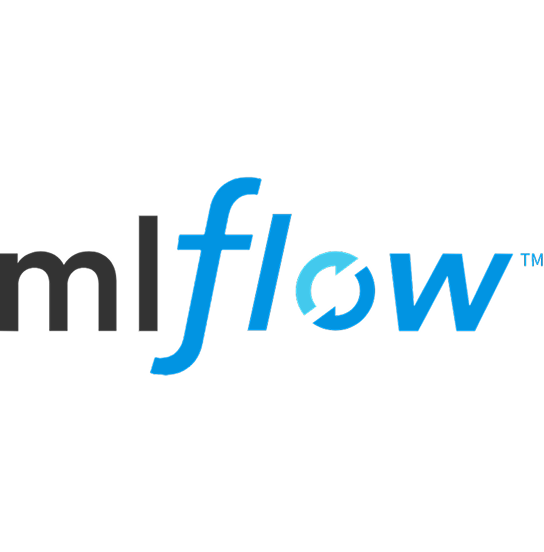
MLflow
Pipelines and Workflows
Track ML experiments and manage your model registry at scale with Cake’s automated MLflow setup and integration.

Kubeflow
Orchestration & Pipelines
Kubeflow is an open-source machine learning platform built on Kubernetes. Cake operationalizes Kubeflow deployments, automating model training, tuning, and serving while adding governance and observability.
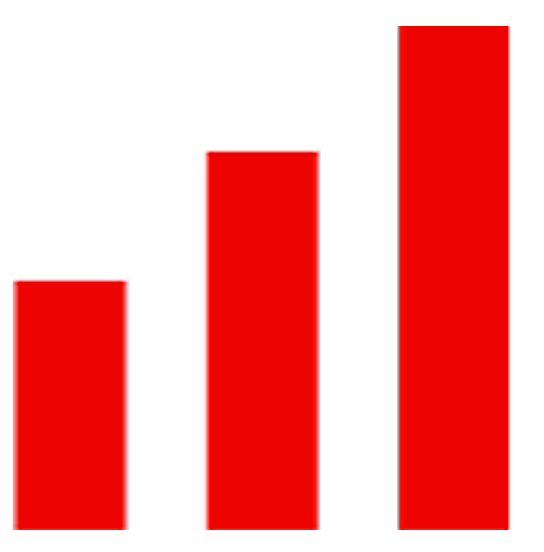
Evidently
Model Evaluation Tools
Evidently is an open-source tool for monitoring machine learning models in production. Cake operationalizes Evidently to automate drift detection, performance monitoring, and reporting within AI workflows.
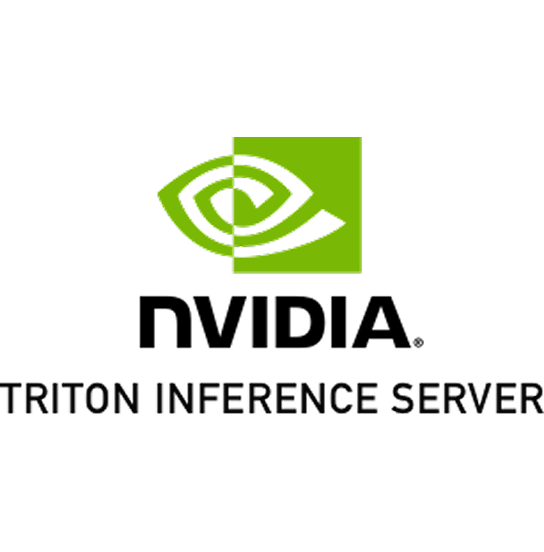
NVIDIA Triton Inference Server
Inference Servers
Triton is NVIDIA’s open-source server for running high-performance inference across multiple models, backends, and hardware accelerators.
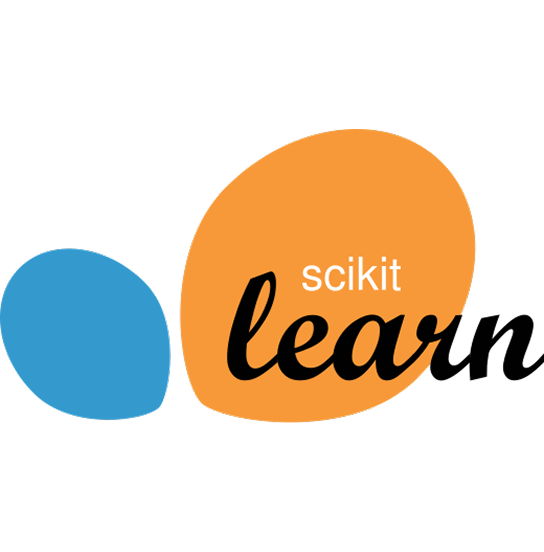
scikit-learn
ML Model Libraries
scikit-learn is a foundational Python library for machine learning that includes tools for classification, regression, clustering, and more.
Frequently asked questions
What is clustering in machine learning?
Clustering is an unsupervised learning technique used to group similar data points together without predefined labels. It’s useful for tasks like customer segmentation, anomaly detection, device classification, and organizing large datasets.
How does Cake support clustering workflows?
Cake provides a modular infrastructure for building, deploying, and monitoring clustering models. You can use popular frameworks like Scikit-learn, PyTorch, or TensorFlow, and orchestrate workflows with tools like Kubeflow Pipelines and MLflow.
Can I run clustering workloads across different environments?
Yes. Cake is cloud agnostic and lets you deploy clustering pipelines on any infrastructure, including AWS, GCP, Azure, on-prem, or hybrid setups. You maintain full control over your data and models.
How do I evaluate and monitor clustering models?
With Cake, you can integrate metrics like silhouette score or Davies-Bouldin index, detect changes in cluster assignments, and monitor performance over time. Observability tools like Prometheus and Grafana help you track pipeline behavior and data drift.
Is Cake compliant with industry regulations?
Yes. Cake supports enterprise-grade compliance with built-in access control, lineage tracking, and support for standards like SOC 2 and HIPAA. All data and compute stay in your environment, so you maintain complete ownership.
Learn more about Cake
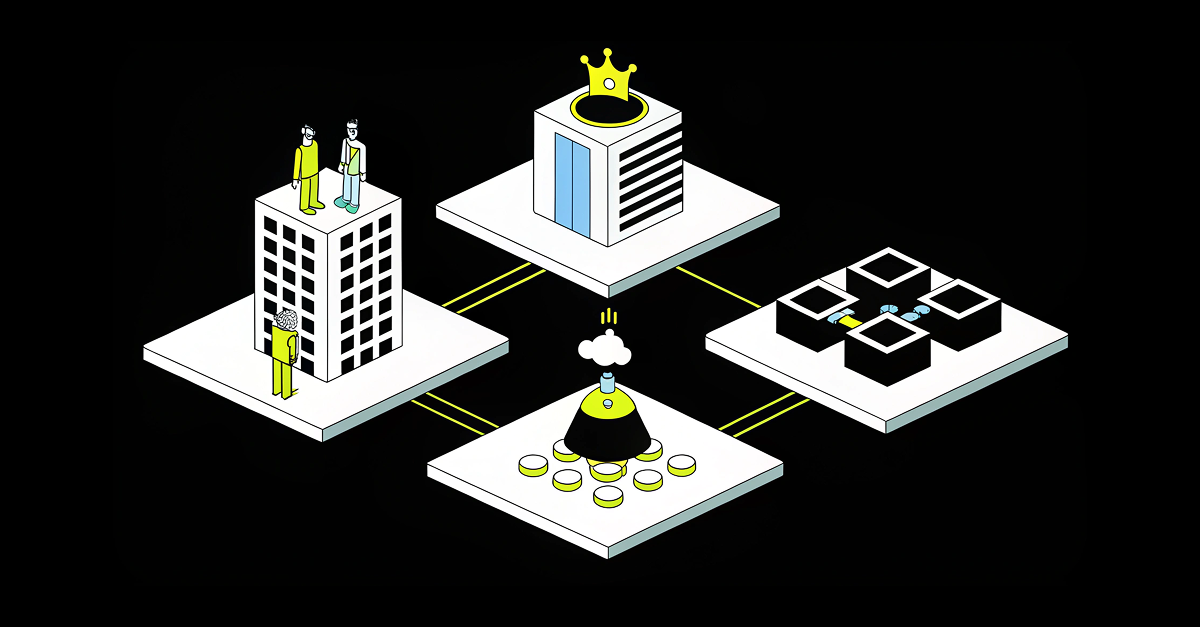
6 of the Best Open-Source AI Tools of 2025 (So Far)
Open-source AI is reshaping how developers and enterprises build intelligent systems—from large language models (LLMs) and retrieval engines to...
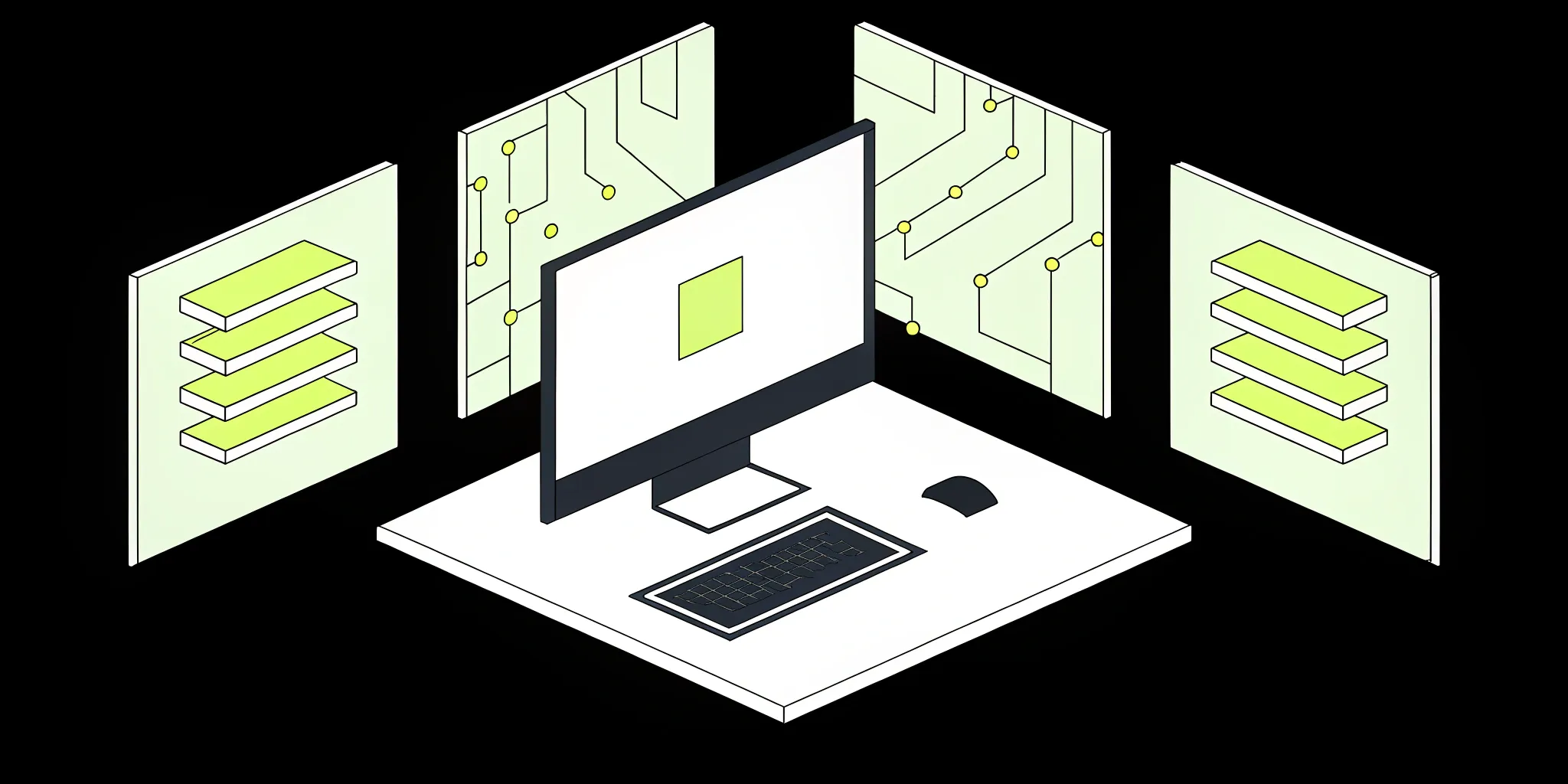
Best Open-Source Tools for Agentic RAG
Think about the difference between a smart speaker that can tell you the weather and a personal assistant who can check the forecast, see a storm is...
.png?width=220&height=168&name=Group%2010%20(1).png)


